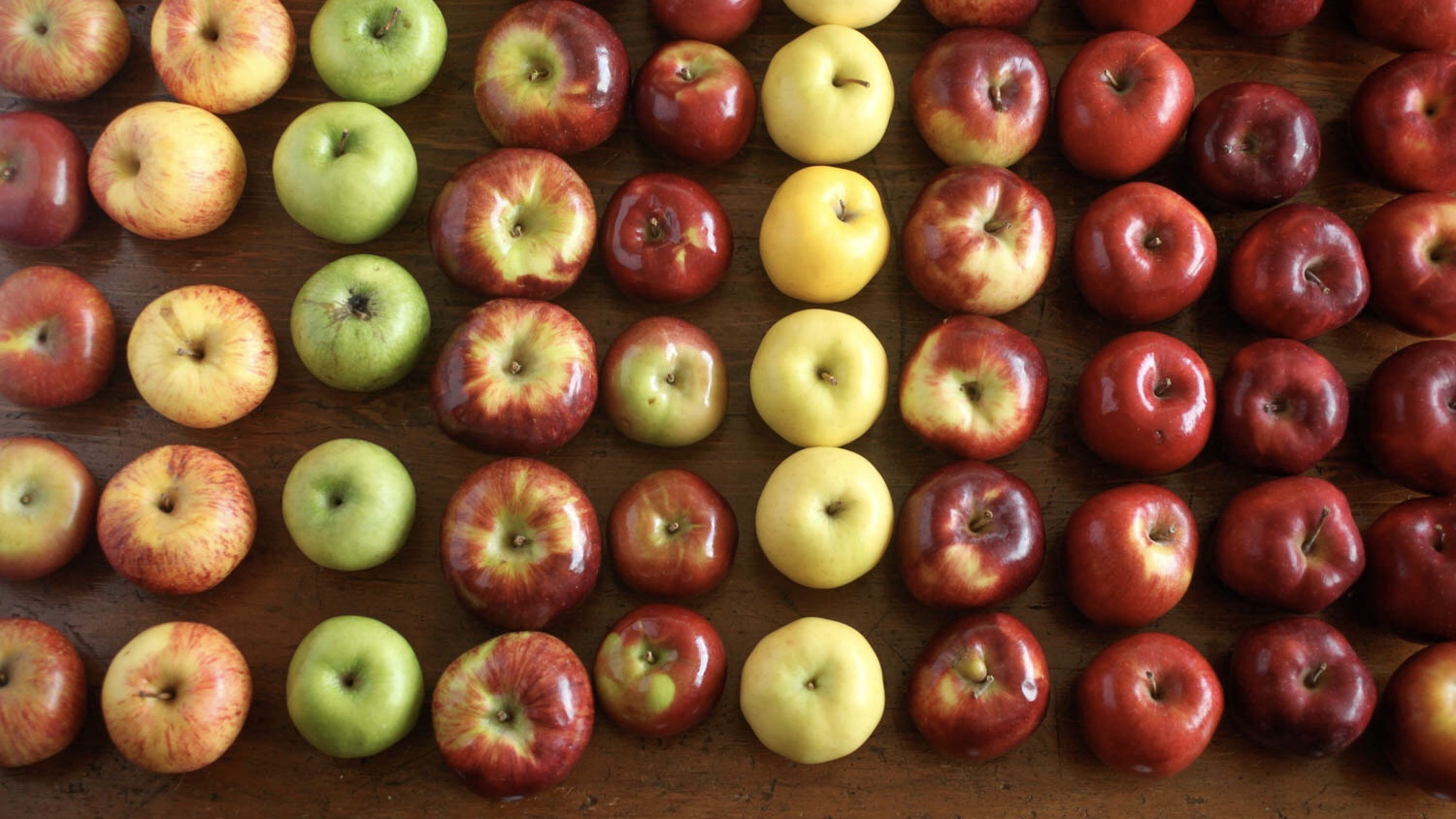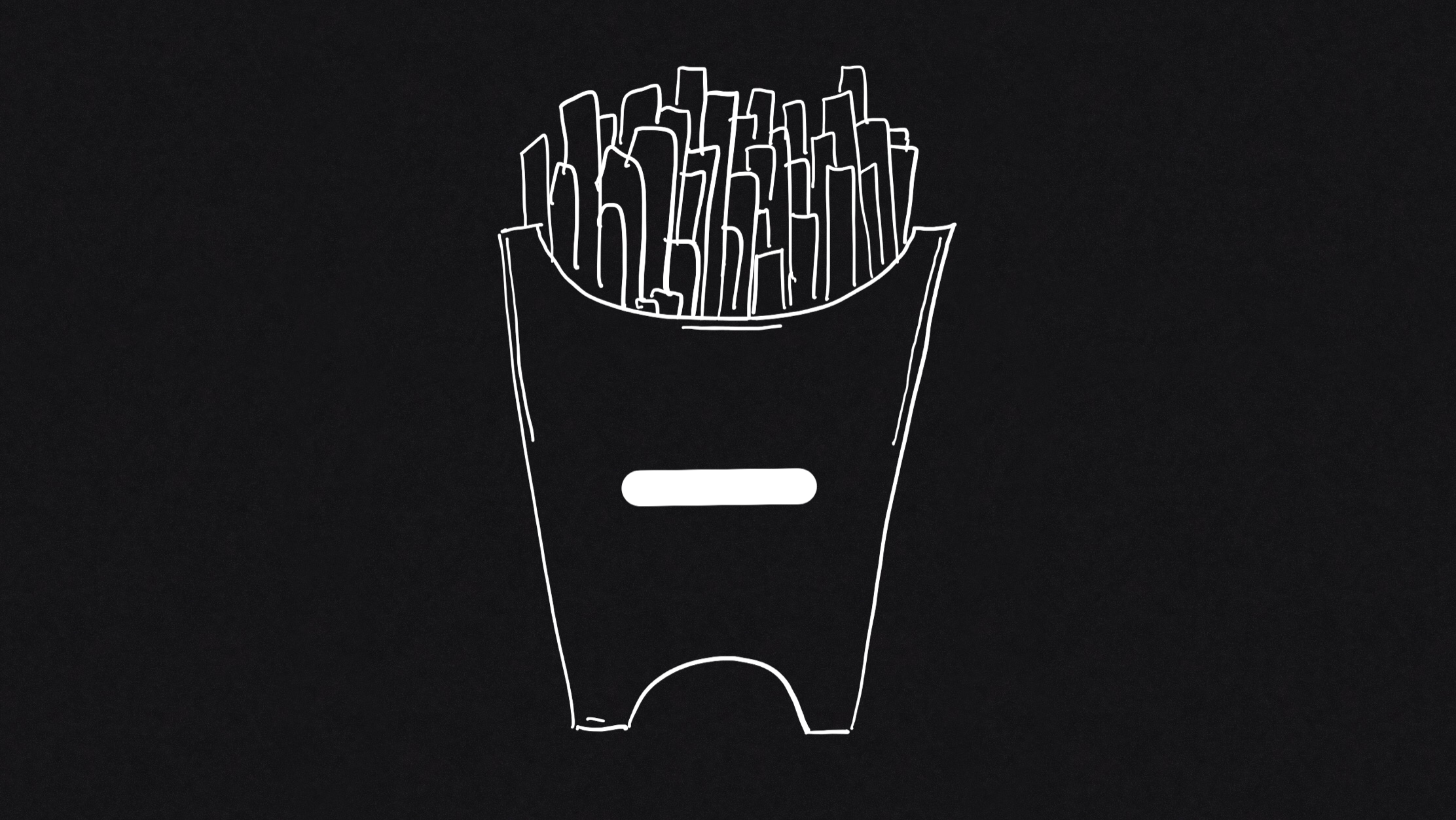
After quite a bumpy beta period, macOS Catalina was finally released on 7 October. There are welcome improvements, such as the addition of Sidecar, the split-up of iTunes into different apps, a better Reminders app and the all-new Voice Control, which is a fantastic accessibility feature that enables you to control your Mac entirely with your voice. There are also some more controversial changes, including tightened security and permissions (leading to more dialogue boxes), the slow start to iPad apps on the Mac with Mac Catalyst and the final, complete removal of support for 32-bit apps. If you want a full review, make sure to check out Jason Snell’s on Six Colors.
Whilst Catalina has received quite a mixed reaction, personally I’ve been happy with the software upgrade and can see how Apple clearly is continuing to push the Mac forwards, leaving legacy cruft behind in order to facilitate a more cohesive, integrated ecosystem of devices. Apple is clearly showing that it still believes in the Mac, contrary to the shrieking and carrying on by many tech analysts. Rather than being the centre of our lives as it once was, it is now just one of many devices.
Despite these visible improvements, there’s a little something that has been sticking in the back of my mind in for the last few years: inconsistency. More on this in a moment…
For some time, Mac fans have complained that Apple has been stripping the whimsy out of macOS, saying that it lacks much of the personality that it once had. Examples range from the removal of Clarus the Dogcow all the way through to the more contemporary ‘grayscaling’ of buttons and other UI elements throughout the system, where flickering, aqua-themed progress bars, quirky ‘About’ boxes and reflective, glass-like finishes once reigned supreme. To be clear, Oxford English Dictionary defines ‘whimsy’ as ‘Playfully quaint or fanciful behaviour or humour’.
I don’t really buy this argument. To claim that Apple has steadily been making macOS (and even iOS) more boring isn’t quite right, as the company’s design pendulum has swung between skeuomorphic and flat, opaque and transparent, ‘lickable’ and grey and so on for years. The company is naturally going to respond to consumer taste and also attempt to match its current hardware.
The true issue doesn’t lie in the supposed removal of whimsy; it’s in its inconsistent implementation and presentation. Let me give you a super-specific example.
For many years in Mac OS X (now macOS), removing an application icon from the Dock resulted in a whimsical little puff of smoke. Now, as you can see below, it does not.
Aha! Didn’t you say that it wasn’t all about the removal of whimsy, Martin? Where’s the inconsistency here? It’s becoming boring like everything else in the system!
Not so fast… look what happens when you go to customise the toolbar in Safari…
Not only does the removed toolbar icon disappear in a puff of smoke, all icons shimmy side-to-side whilst in the editing mode, like on the Home screen in iOS.
This may seem like pretty pedantic example but it’s very significant. Apple’s entire philosophy for design, be it in software or hardware, is to sweat the details—to pay attention to the little things that no one else cares about. Why is this animation present in one application and not the other? This seems like an oversight.
Moreover, the puff of smoke is only a simple animation but it makes you smile and enjoy a system that you’re probably using mainly for work. These days, that is almost always the context for the desktop computer.
When people discuss the UIDatePicker that has been brought from iOS to macOS (in Mac Catalyst apps like Home), they explain their dissatisfaction as being rooted in the fact that this ‘does not work on the Mac’ at all. ‘Not working’ really means that this whimsical, skeuomorphic element doesn’t belong or match the elements that are around it—it’s out of place.
I understand that Apple is in a period of significant transition, particularly as it has developed more integrated platforms and as it comes to terms with becoming more of a services and media company. Things are also moving much more quickly in tech these days, with greater pressure to innovate, add new features and churn out new and amazing products. Slowing things down a bit is a double-edged sword: taking the time to refine software can ensure stability and consistency but you risk being seen as lacking drive and innovation.
I don’t believe in the claim ‘Steve wouldn’t have allowed that if he were still here’, however I do believe that Apple is now lacking an equivalent tastemaker—one person (or very exclusive group of people) to look across the entire company and say ‘yes’ and (more often) ‘no’ to things. Whimsy is only a small part of this but like any kind of feature or design decision, it needs to be consistent. Such decisions shouldn’t have to be guided by only one person, however it’s also true that the best things in life are never designed by a committee.
Consistency may not sound like the most exciting product feature, however like fun and whimsy, it’s one of the main things that attracted us all to the Mac in the first place.






